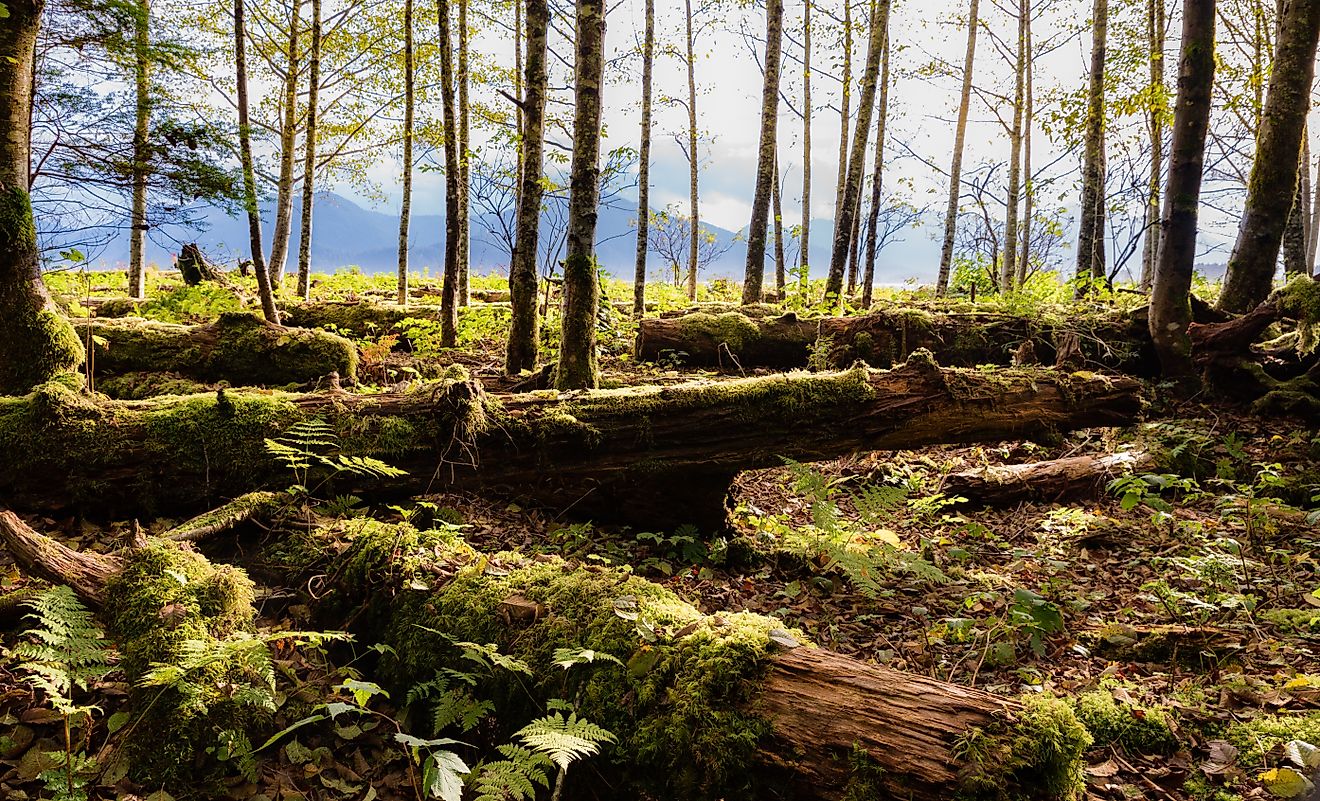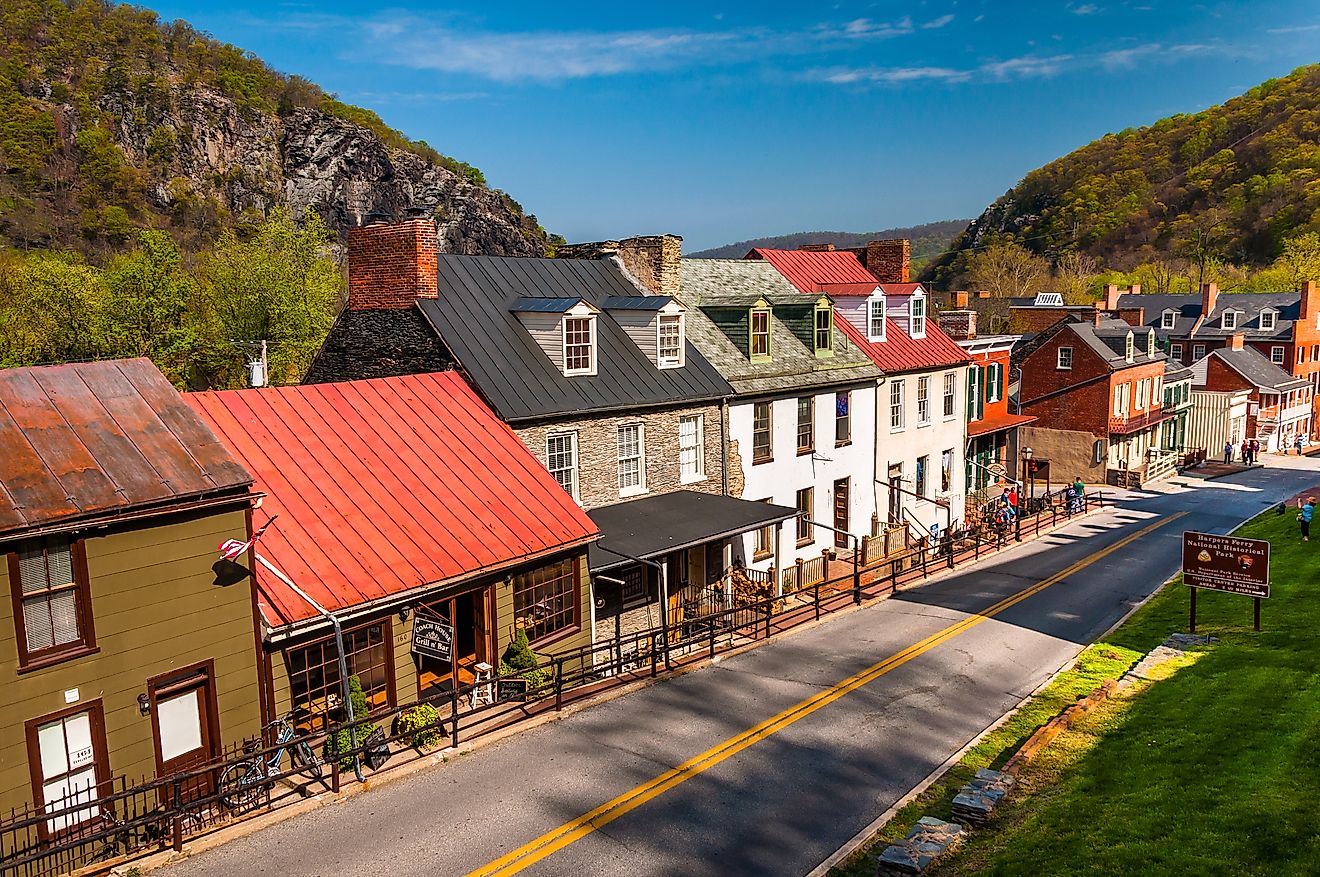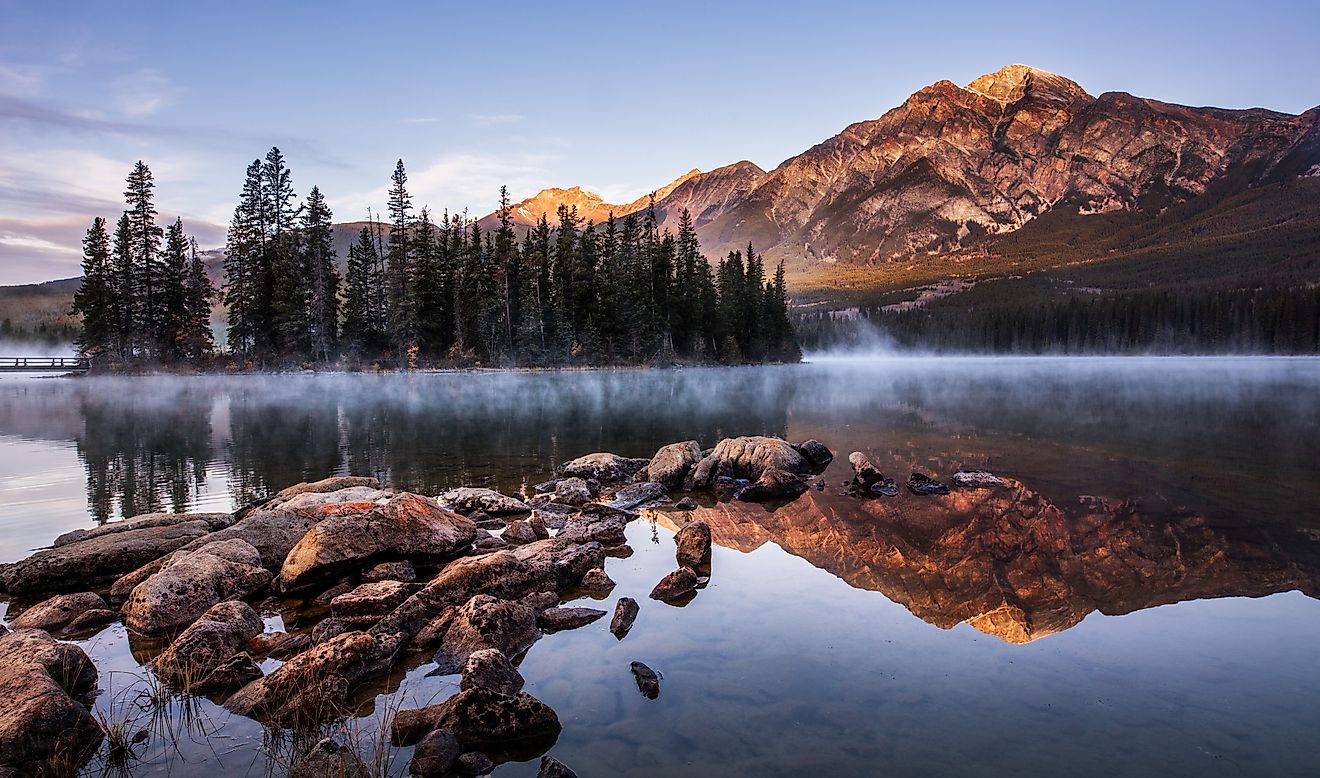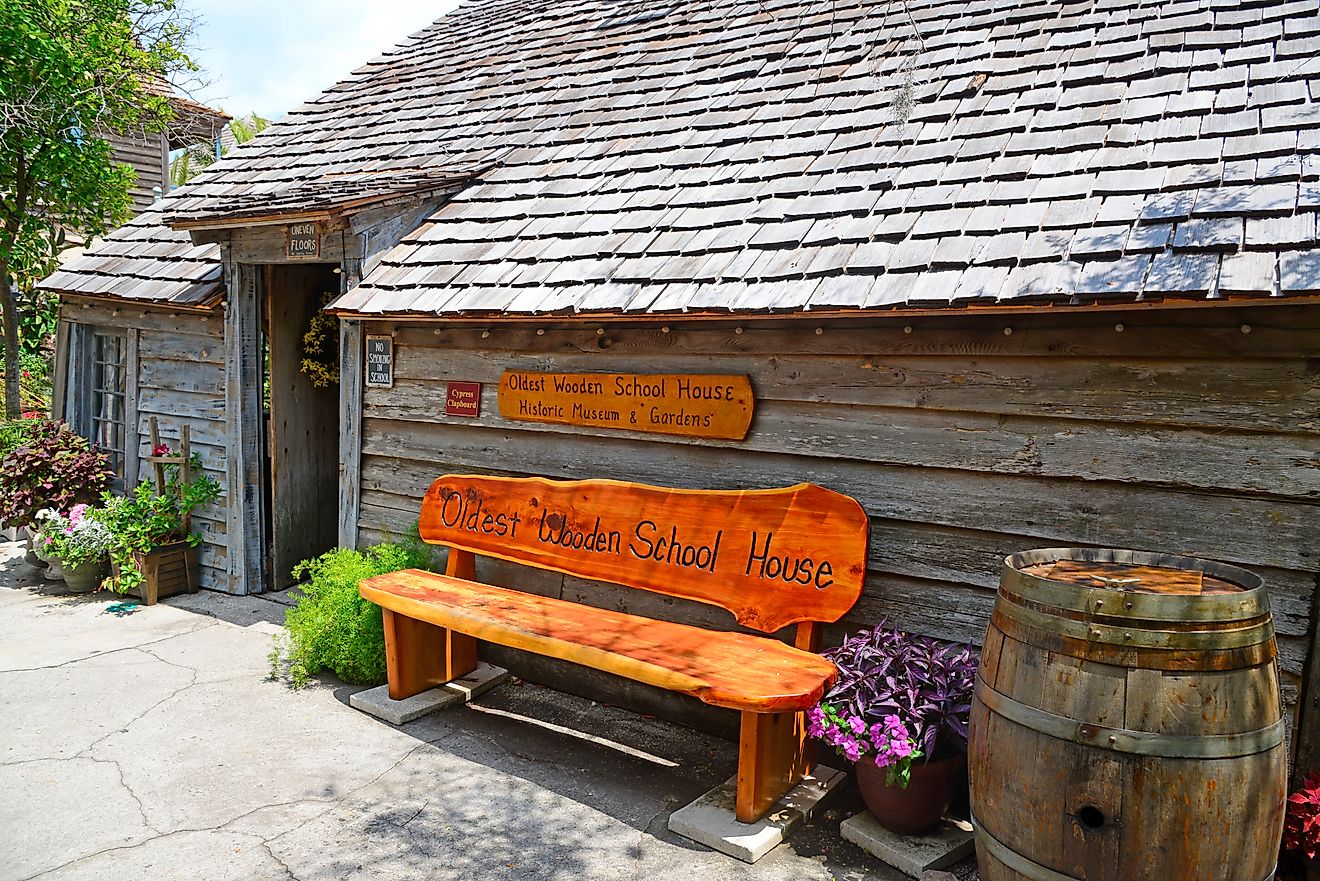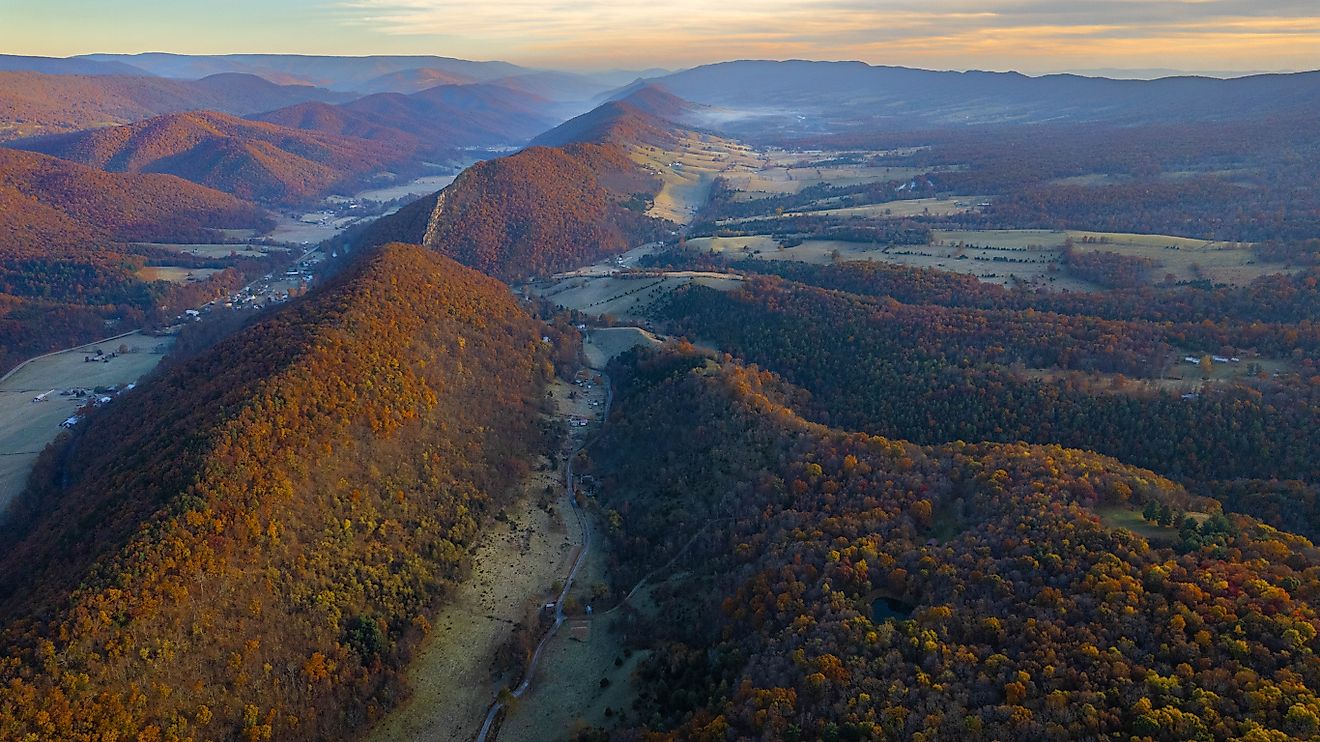
The Oldest Known Lava Fields in the US
Long before the first humans set foot on American soil, fiery rivers of molten rock surged across the land, reshaping the continent in ways both violent and magnificent. These ancient flows hardened into vast, otherworldly landscapes—some so old they predate the Rocky Mountains, others etched with the memory of extinct volcanoes. Across the United States, scattered like relics of Earth’s geologic past, are lava fields that have remained untouched by time.
From the windswept plains of Idaho to the rugged plateaus of New Mexico, these lava fields are more than just scars on the land—they are portals into the planet’s earliest chapters. Scientists study them for clues about plate tectonics, climate shifts, and the deep geologic forces still simmering beneath our feet. Travelers seek them out for their stark beauty, eerie silence, and the feeling of walking on terrain shaped millions of years ago by fire.
So where are the oldest lava fields in the US—and what do they reveal about the ancient earth beneath our modern landscape?
Columbia River Basalt Group – Washington, Oregon, Idaho

-
Age: 6 to 17.5 million years old
-
Region: Pacific Northwest
-
Size: Over 81,000 square miles
One of the most massive and ancient lava fields in the United States is the Columbia River Basalt Group. These flows originated during the Miocene Epoch, between 17.5 and 6 million years ago, and cover large parts of Washington, Oregon, and Idaho. The eruptions that formed this basalt province weren’t your typical explosive volcanic events. Instead, these were massive fissure eruptions that unleashed enormous quantities of lava across the region.
What makes the Columbia River Basalt Group particularly fascinating is its scale. Individual flows traveled over 400 miles from their source vents and stacked upon one another to form layers thousands of feet thick. Today, these hardened layers form the backdrop for much of eastern Washington's landscape, including the striking cliffs of the Palouse and the coulees of the Channeled Scablands.
Owyhee Plateau Flood Basalts – Southeastern Oregon
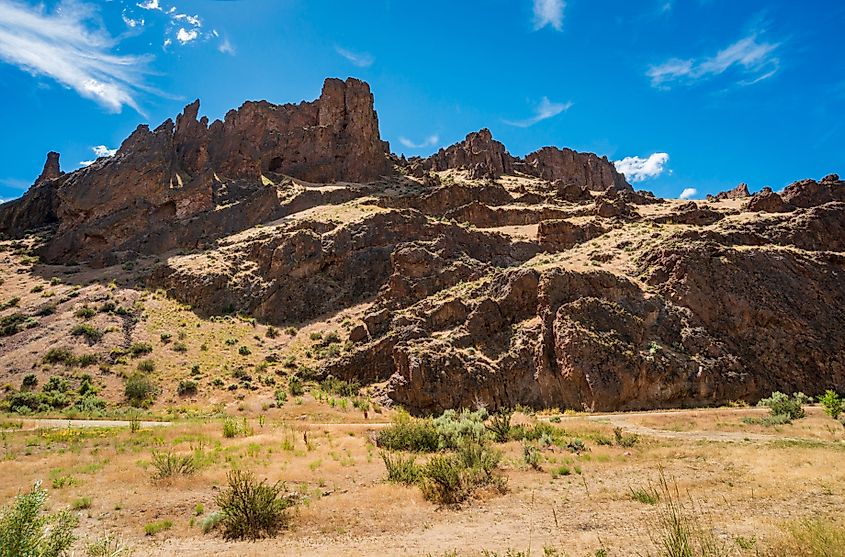
-
Age: Approximately 14 to 17 million years old
-
Region: Southeastern Oregon
Though often overshadowed by the Columbia River Basalts, the lava fields of the Owyhee Plateau in southeastern Oregon are equally ancient and significant. These flows are part of the same volcanic system that created the Columbia basalts, yet they hold their own unique place in the geological narrative.
The Owyhee Plateau features dramatic cliffs, canyons, and plateaus shaped by flood basalt flows. The deep erosion in places like the Owyhee River Canyon reveals the multiple layers of basalt deposited during these prehistoric eruptions. The terrain here is remote and wild, offering a raw and relatively untouched look at some of the oldest surface lava in the continental US.
Datil-Mogollon Volcanic Field – Western New Mexico

-
Age: 24 to 40 million years old
-
Region: Southwest New Mexico
The Datil-Mogollon Volcanic Field, stretching across southwestern New Mexico, is one of the oldest large-scale volcanic complexes in the United States. It formed during a highly active period of volcanism in the late Eocene to early Oligocene epochs, from around 40 to 24 million years ago.
The volcanic history here is complex. This area experienced both explosive eruptions and extensive lava flows, leaving behind a landscape rich in rhyolite and andesite. Though erosion has worn down much of the original volcanic structures, you can still see remnants of ancient lava fields, calderas, and welded tuff deposits.
The Gila Wilderness, located in this region, contains striking evidence of these ancient lava flows. The area is also notable for being the first designated wilderness in the US, adding both ecological and historical importance.
Jemez Volcanic Field – Northern New Mexico
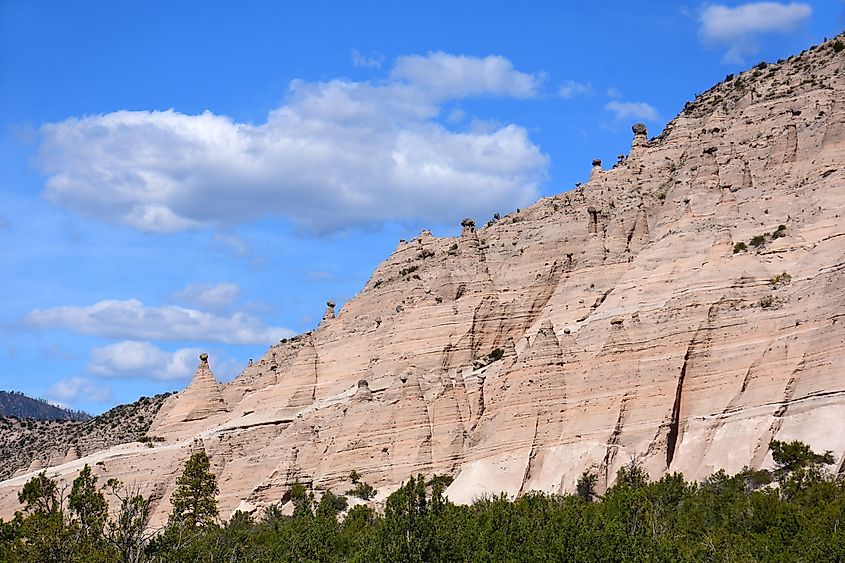
-
Age: Approximately 14 million years old
-
Region: Near Los Alamos, New Mexico
Adjacent to the Valles Caldera, the Jemez Volcanic Field represents one of the oldest and most active volcanic regions in the southwestern United States. The field began forming around 14 million years ago, and although some volcanic activity continued into more recent geologic history, the oldest flows offer a stark window into the region’s fiery past.
The Jemez region is characterized by thick basalt and rhyolite flows, many of which are still visible as mesas, cliffs, and lava domes. The Bandelier Tuff, a result of explosive eruptions that occurred 1.6 million years ago, blankets older lava surfaces, but underneath lies some of the oldest known lava in the state.
Black Rock Desert Volcanic Field – Utah
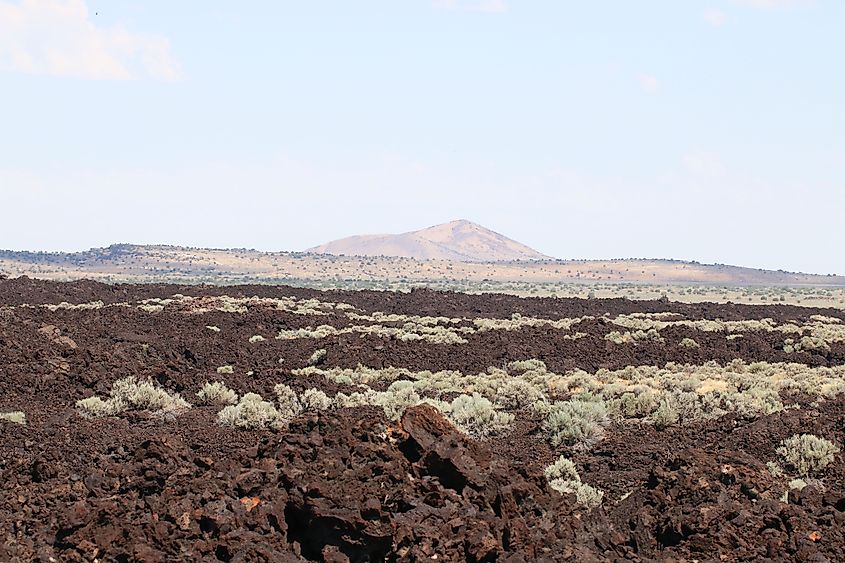
Lava field near Flowell, Millard County, Utah. Editorial credit: Andrey Zharkikh via Wikimedia Commons
-
Age: Oldest flows dated to 2.7 million years ago
-
Region: Central Utah
While not as ancient as others on this list, the Black Rock Desert Volcanic Field is one of the oldest known lava fields in Utah. It began erupting around 2.7 million years ago and includes a mix of cinder cones, lava tubes, and extensive basaltic lava fields.
This field is geologically active by comparison—its most recent eruption occurred less than 700 years ago. However, the older lava flows that shaped the desert landscape are still prominent and easily visible. The region’s layered black rock and strange lava formations give it an otherworldly appearance that continues to attract geologists and adventurous hikers.
Snake River Plain – Idaho
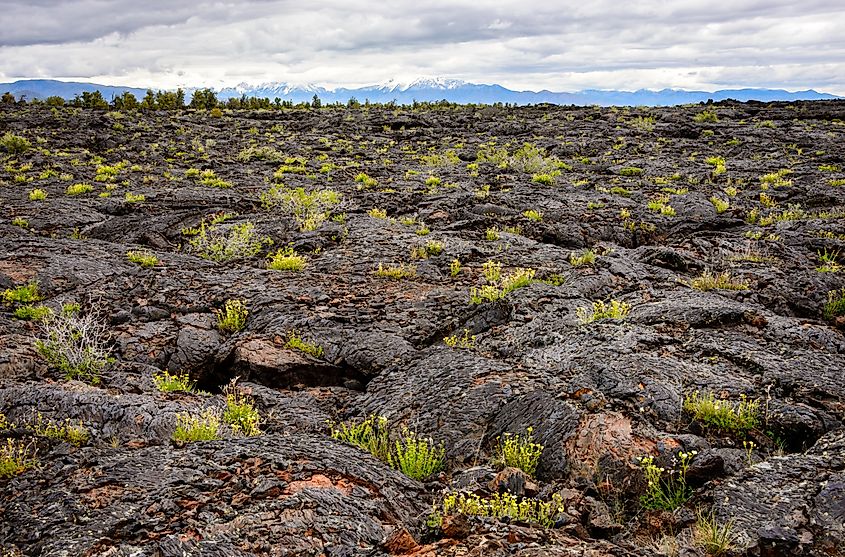
-
Age: 6 to 17 million years old
-
Region: Southern Idaho
The Snake River Plain is often associated with the Yellowstone hotspot, and its eastern section is one of the most studied ancient volcanic tracks in North America. Stretching across southern Idaho, the plain consists of ancient basalt flows that began forming as early as 17 million years ago and continued for millions of years.
Though it may look flat from a distance, the Snake River Plain is a layered tapestry of lava flows, ash beds, and volcanic debris. The plain essentially marks the path that the North American Plate has taken over the Yellowstone hotspot. Sites like Craters of the Moon National Monument reveal cross-sections of ancient lava fields alongside newer flows, making this area a living laboratory of volcanic evolution.
Why Ancient Lava Fields Matter: Time Capsules in Stone
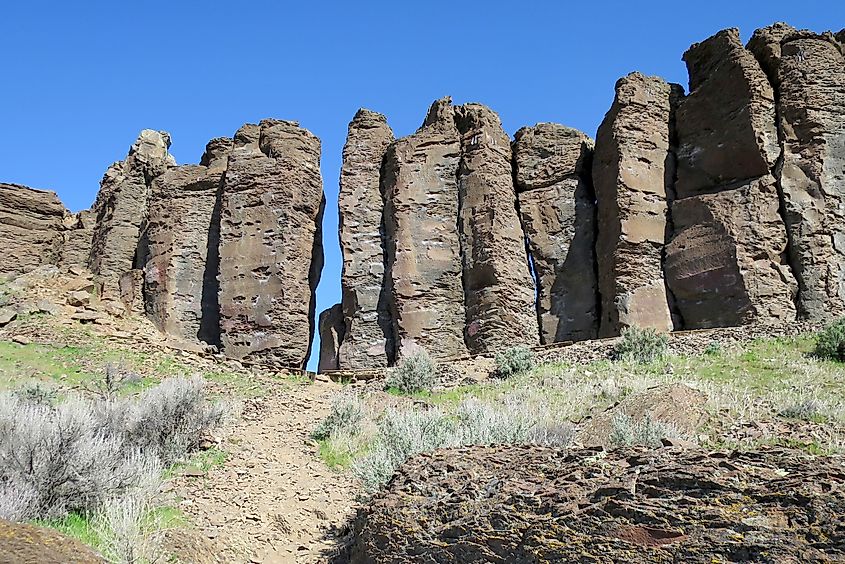
These oldest lava fields are more than geologic curiosities. They are deep-time time capsules, preserving a record of Earth’s tectonic drama, mantle plumes, and prehistoric environments. Geologists study these flows to understand plate movements, eruption patterns, and climate conditions from millions of years ago.
Unlike younger volcanic landscapes that are still actively shifting and erupting, these older fields offer a frozen moment of Earth’s volcanic legacy. They also serve as natural laboratories for studying erosion, plant succession, and soil formation.
But they face challenges. From erosion and human activity to the effects of climate change, these ancient formations are vulnerable. Many lie within protected lands, but others remain remote and largely unsupervised. Preserving their integrity is crucial for both science and heritage.
Final Thoughts: Walking on Ancient Fire
Standing on an ancient lava field is like stepping into prehistory. The landscapes may seem desolate, but they pulse with stories of fiery cataclysms and the Earth’s relentless power to shape itself. These fields, some older than our species, whisper the long tale of America’s geologic past.
Whether you're a curious traveler or a geology enthusiast, seeking out the oldest lava fields in the US is a journey through time, terrain, and tectonics. Each site is a monument to a world that once boiled and burned, and now rests in silence under open skies.

